Bright International's Lights Illuminate the Globe
2010/10/04 | By Ken Liu | BRIGHT LIGHTINGHealthy financial practices, investment in R & D and automation help the lighting maker prosper
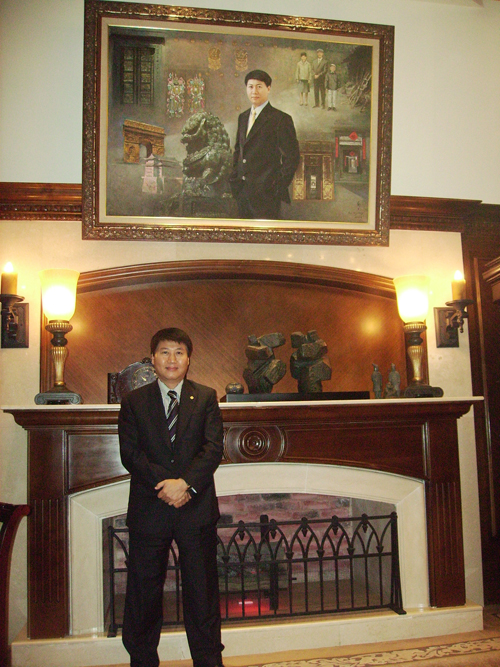
“We made our initial public offering because we hoped to quickly burnish the visibility of our name on the market, not because we wanted to raise capital from investors,” stresses the Taiwan-born Hsu. He boasts that the company has zero liabilities, and that it keeps sufficient cash on hand. He reports that the company's gross margin is approximately 20% and net income averages around 8-10%.
“Healthy finances are crucial for an enterprise, especially during hard times like the 2008 downturn,” Hsu emphasizes. Like many other lighting manufacturers, Bright saw its sales sink, as North America is its biggest export market; at their worst point in 2008, the company's sales slumped around 20%. “But the recession did not take as heavy a toll on my company as it did on most of our rivals,” Hsu claims, “because our finances and my customers' finances were healthy.”
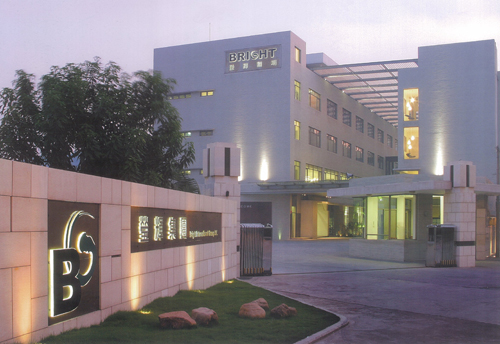
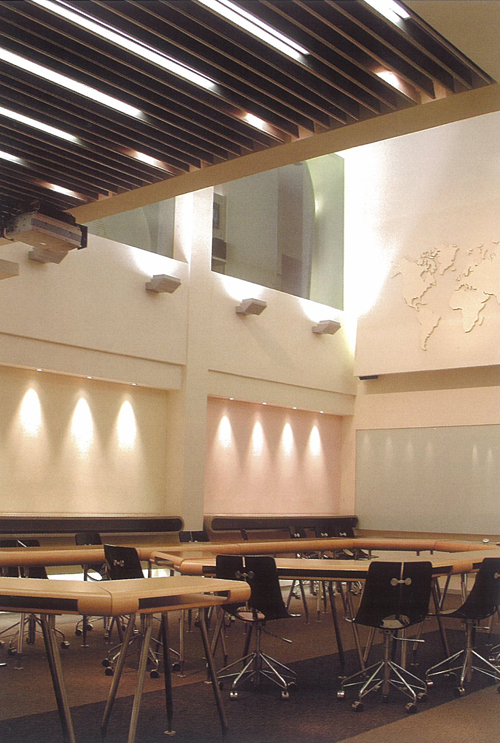
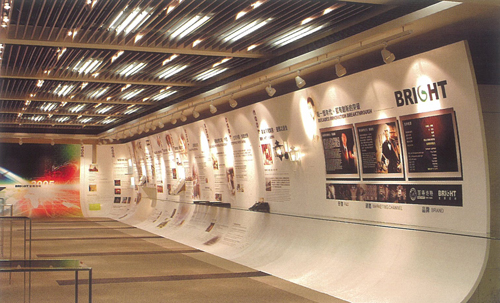
A Hakka born to a hand-to-mouth farming family in rural Hsinchu, Hsu is very careful about financial management, an attitude which is thought to contribute greatly to the company's healthy finances. “We spend every penny only on projects that can sharpen our competitiveness while boosting quality,” Hsu stresses. “And we never consider any vanity project.”
This pragmatic mindset has driven the company to spend heavily on automated production lines, inspection capacity, management systems, tooling machines, light-source manufacturing capability, and R&D capability.
Humming Lines
Today, in the company's factories at Humen, in China's southern coastal province of Guangdong, automated aluminum die-casting lines capable of doing everything from melting aluminum ingots to completing aluminum lighting fixtures are humming all day long. Also busy in the factories are high-speed pressing machines for turning out lighting fixtures. A well-equipped laboratory in the company's Factory I is reportedly China's only privately-held Underwriters Laboratories-certified (UL-certified) inspection facility, allowing the company to declare UL compliance on its products after putting them through rigorous testing for resistance to dust, salt spray, temperature, ultraviolet rays, and moisture, and for durability. “We've invested in that equipment to satisfy our customers' need for quality and peace of mind and quality,” Hsu stresses.
Bright also meets other world-class standards such as TUV and GS of Germany, EMC and CE of the European Union, CSA and CUL of Canada, S SEMKO of Sweden, N NEMKO of Norway, and 3C of mainland China. It won ISO9002 certification in 1996, reportedly making it the mainland's first lighting manufacturer to be so certified.
The company set up enterprise resource planning (ERP) management the year after its IPO, and has since steadily integrated ERP into its manufacturing operations. Two years later it established a tooling department and, by buying a factory, set up a light-source operation.
The company has an R&D team consisting of some 200 specialists, including chief and deputy designers as well as layout drawers. In addition, it has worked with foreign experts in new lighting design: R. Scott Boyd of Duncan & Miller Design in the United States, the Puget Sound Christian College-trained Japanese designer Norihito Kishimoto, and Pierce Paxton Design Studio Founder Karyl Pierce Paxton.
These designers have mostly worked on residential lighting products, which usually emphasize fashionable appearance and trendy design. According to Bright's vice president for sales and marketing, Jimmy Hsu, the designers come up with at least 1,000 new items every year.

The R&D team consumes 2-3% of the company's annual revenue, and has won it over 250 patents for exterior design, functionality, and structure in mainland China.
Bright's healthy finances are accompanied by a nimble marketing strategy, making the company a reliable and competitive lighting manufacturer. In North America, where the costs of brand-name promotion are high, the company has focused on outsourcing contracts from big-name players; it has secured contracts from Hubbell Lighting and Lithonia Lighting, which are recognized as two of the top three commercial lighting suppliers in the U.S. (The third is Cooper Lighting.) “A few years ago,” Jimmy Hsu recalls, “we tried to promote commercial lighting bearing our brand names when we acquired a warehouse in Los Angles. We found that the costs were too high, though, as we had to spend heavily on advertising campaigns and transportation. In addition, we had to fight against big players.”
Durability Over Design
In the commercial lighting market, the service life of a lamp usually outweighs its appearance—just opposite the situation in the residential lighting market, according to the Bright VP. “That's because commercial lights have been tied to stereotypical designs due to their fixed industrial specifications,” he explains. Bright's quality has never disappointed its customers, he claims: “At least, Hubbell has never complained about any of our products over the past three years”
The company started its exports by selling to Europe, but the U.S. has now become its foremost market. “That's because the European market is much smaller than U.S. market, making it unfavorable to our mass-production scale,” notes the VP. However, Europe is still the destination of the company's most up-to-date niche products, which usually command higher profits than commodity products do. “Generally speaking,” the sales manager explains, “European consumers are known for diversified tastes and they usually embrace brand-new designs around three years ahead of their American counterparts.”
Mainland China has been the company's main area for brand-name promotion ever since it started pushing into that country around 10 years ago. Today its residential products are sold under the “Bright Your Home” label, while its commercial lamps go by the “Bright” name. According to Jimmy Hsu, Bright drew up more aggressive sales plan for the mainland market two years ago, setting a target of 50-60% of total sales there soon after the global economic downturn. “Through that effort,” he says, “we expect earnings to increase rapidly.”
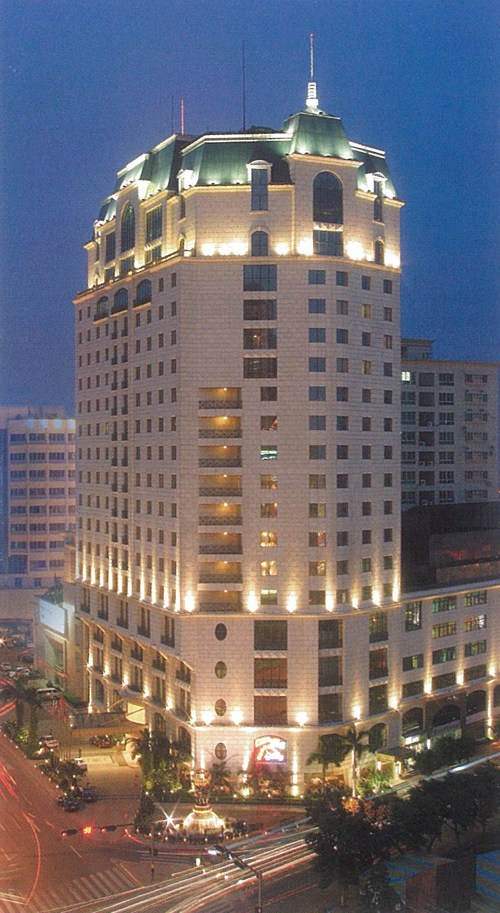
Over the past 10 years, Bright has developed an extensive marketing network in the mainland comprising 260 franchised stores and four logistics warehouses, assuring that its customers in Shanghai, Beijing, Chengdu, and Dongguan can receive products within four hours after placing orders.
Many Advantages
When asked why so many retailers are willing to be the company's franchisees, Hsu says it is because the company offers many advantages over its rivals: “Bright is a well recognized brand supplier in the mainland, and a listed company. Besides, each of our products hit shops with RMB15 million worth of insurance, our efficient delivery system minimizes inventory risk for franchise stores, our transparent pricing mechanism prevents vicious competition among franchisees, we offer retailers a catalog of 1,200 product items, we operate 1,800 customer-service phone lines, and we help franchisees start up their operation.”
As a manufacturer with a massive scale of production—over 3,000 employees working in factories covering some 186,000 square meters and earning revenues of around RMB 2.5 billion (US$367 million) in 2009—production cost is a key issue for Bright. During the downturn, the company made the most of its huge procurement volume as a bargaining chip to persuade its materials suppliers to pare down their selling prices. The consolidation of administrative units has brought administrative personnel down to just 14% of the company's total workforce, from the original 16%, helping to reduce overhead costs.
Most of all, the company's foldable products have considerably trimmed transportation costs and the recession has prompted the use of more eco-friendly materials such as recycled packaging and equipment like a heat-pump system, both of which help reduce costs. The heat pump collects the hot exhaust discharged from some machines to heat up water and generate energy or heat up coat-baking systems.

Diversifying Into LED
Like many other lighting manufacturers, Bright has diversified into the production of light emitting diode (LED) lighting fixtures. However, Hsu stresses, Bright does not produce streetlights, as “LED streetlight technology remains immature.” Residential and commercial lamps and bulbs are the firm's main LED products. “Our LED bulbs are fitted into traditional lighting fixtures,” Hsu says, elaborating on the company's LED lighting strategy. “And we are considering acquiring a U.S. LED lighting design house.” The company set up a team of 10-0dd LED specialists three years ago, but the VP says it will never make LED packages and chips on its own.

Bright is developing in the direction of becoming a supplier of all-round services. “Bright should not be just a manufacturer,” chairman Hsu states “We already offer buyers market analysis to help them quickly spread Bright's lights across the market, and we provide end-users with thoughtful designs so that they can install lights by themselves. As you know, labor costs are quite high in the United States. A ceiling lamp costs an average of only US$9, but a plumber can charge you US$20-30 for the installation.”




